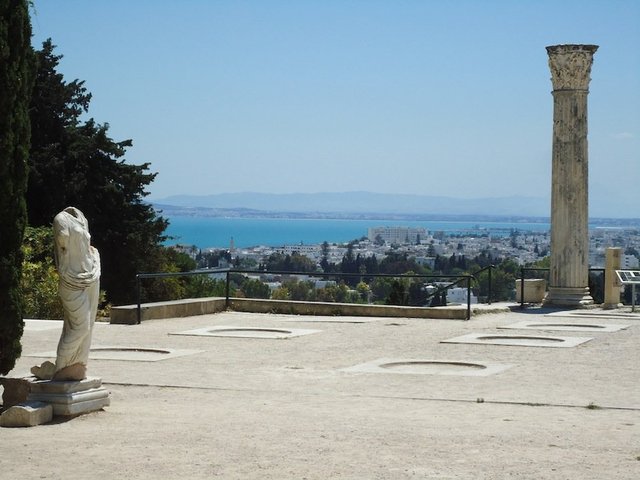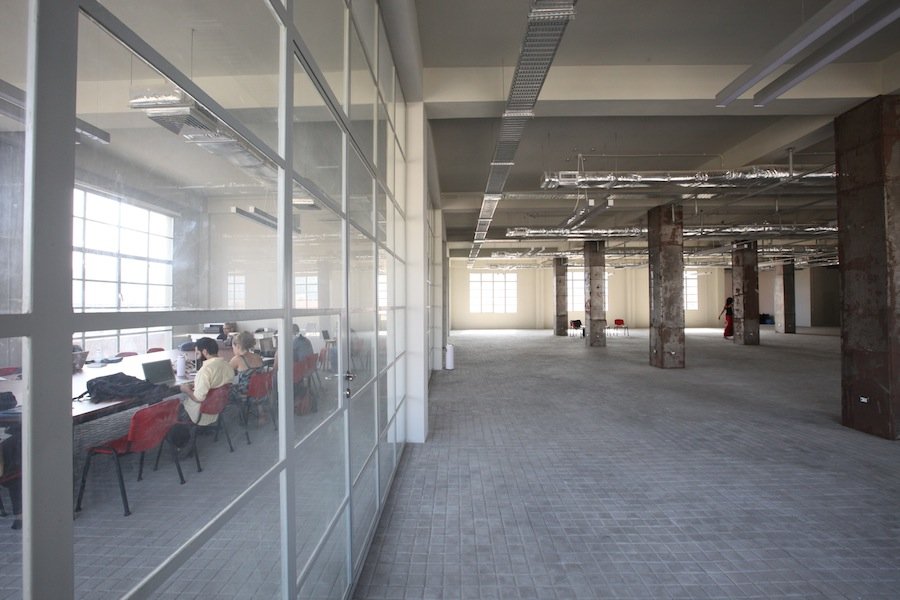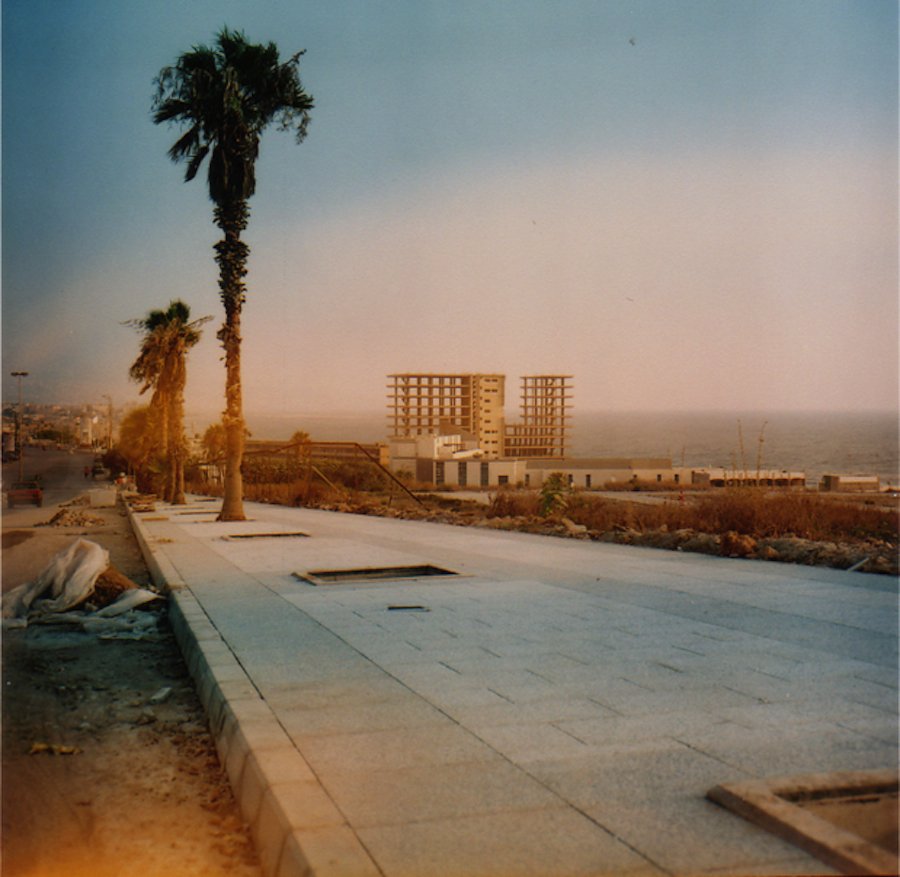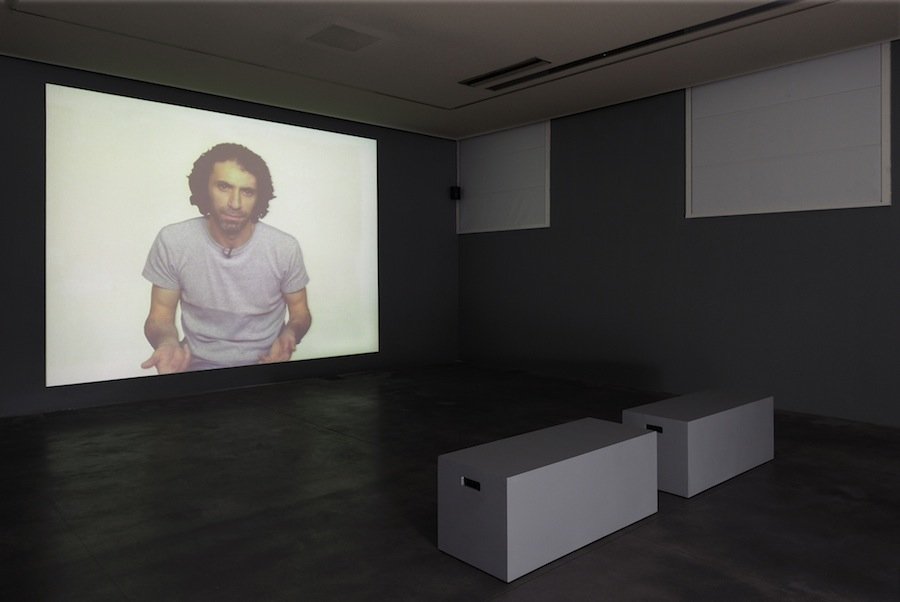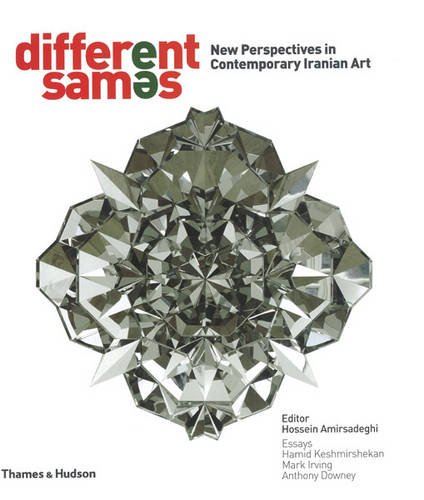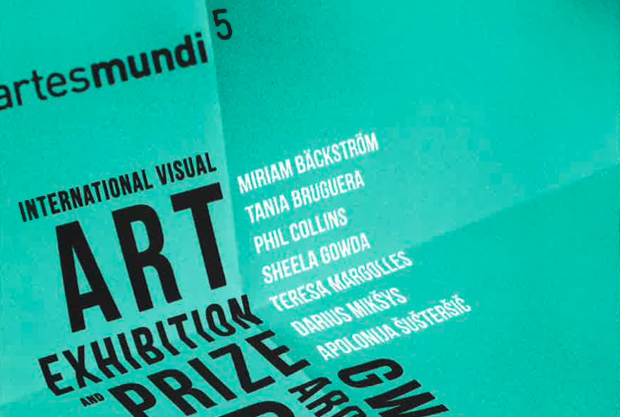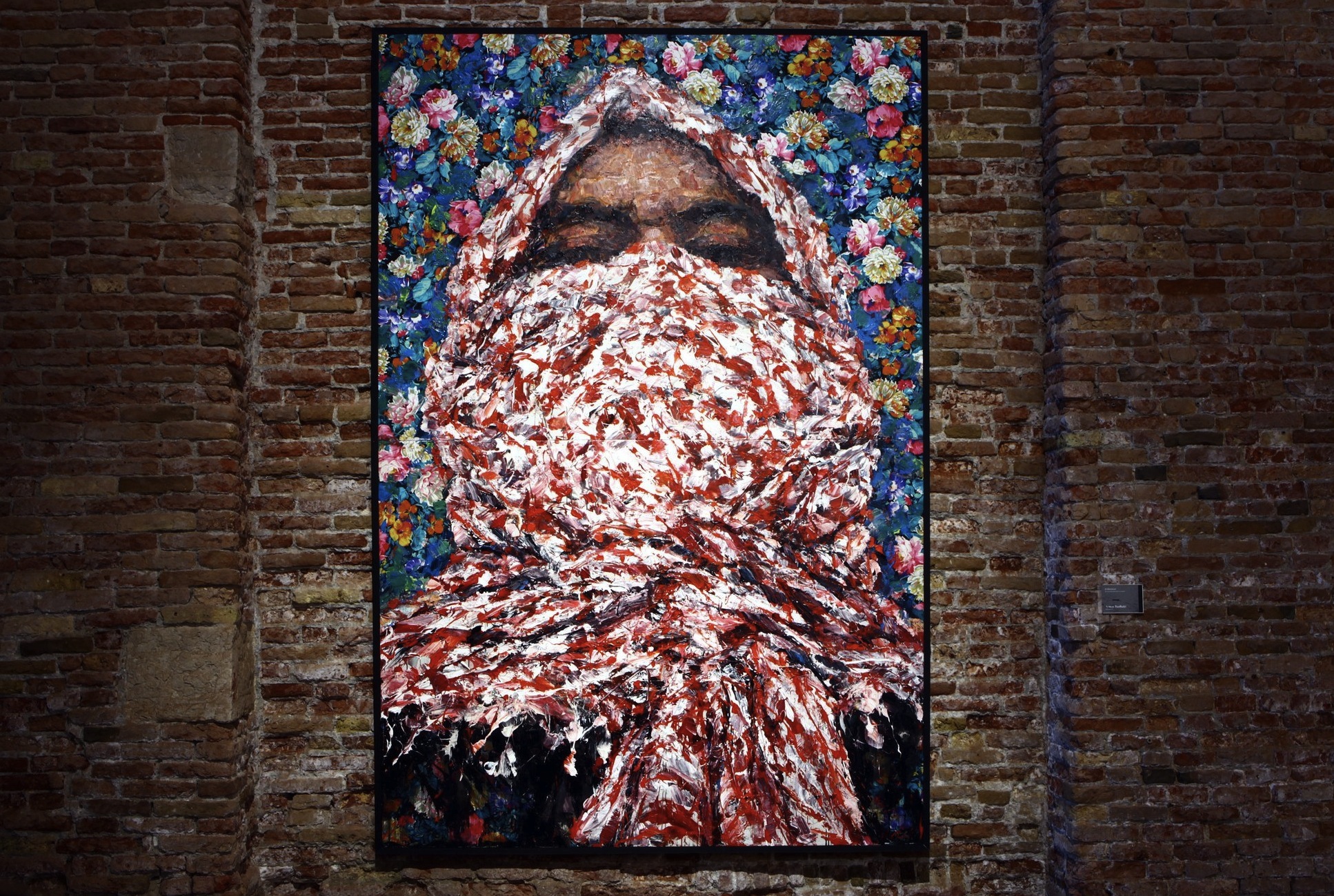An Accidental Orientalist: Tom Bogaert in conversation with Anthony Downey
27 September 2012
Having worked as a lawyer for the United Nations High Commissioner for Refugees (UNHCR), Tom Bogaert has managed to garner a degree of access to communities throughout the Middle East that is often difficult to acquire. In his work with refugees he has witnessed first-hand the geo-politics of the region and since 2004, has channelled that knowledge into his practice as an artist. Speaking here to Anthony Downey, he explores the research processes that lead up to producing work and the sound project he has developed exclusively for Ibraaz. The latter involves sounds from cities in countries as diverse as Jordan, Iraq, Palestine, Lebanon, and Syria, and Ibraaz is pleased to showcase it here. Elsewhere in this conversation, Bogaert explores the backdrop to his multi-media project Syria, which was produced this year; his ongoing ideas for a mausoleum for Bashar Al Assad; the overt aestheticisation of warfare and combat in the region; and the issue of whose interests are served by seemingly innocuous terms such as ‘Facebook Revolution’ and ‘walking through walls’, the latter phrase having been deployed by the Israeli Defence Force (IDF) in their strategising of combat situations in cities such as Nablus. (more…)

